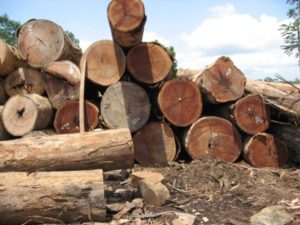
The first thing we need to realize is that African Mahogany is a North American product. Europe buys little to none in favor of Sapele. Much of the African hardwood trade is managed by Europe stretching all the way back to the age of imperialism so there is already a bias for what species to cut. Of course bias or not, when only one part of the global market needs African Mahogany then there will be much fewer people cutting it in the first place.
In most African countries, all industry is under governmental control. With the oil and gas industries experiencing such a large spike, the lumber industry is no longer top dog. Governmental regulation has essentially shut down a lot of forestry due to lack of profit. African Mahogany is one of those areas. The North American market has been driving down lumber prices for decades in an effort to control costs and increase profits (more on this in a future article). African Mahogany is now ridiculously low and the saw mills are losing money trying to produce it. Production costs continue to climb with inflation and as the lumber belts move further away from access points.
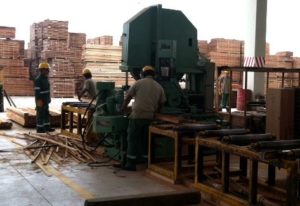
This shortage has caught many unawares and we are adjusting and seeking out new suppliers. There are mills still cutting African Mahogany but it takes second fiddle to everything else so delays can be expected. More than likely when shipments begin to come in, they will come all at once. Shipping in much larger quantities will be the only way the mills can make a profit to keep their lights on. This is another concern for North America as supply that runs through feast and famine cycles causes massive price fluctuations and gouging.
The greater issue at heart here is that overall the lumber industry has been forced to reduce costs so much over the years that now the supply chain is breaking down as foreign entities can’t stay in business at such low profit levels. We are forced to look for alternative species not because of environmental reasons but economic. It is a vicious circle doomed to repeat. Sapele is a very popular species and it carries a premium price. Pressures exist everywhere to drop the price and as that price point is driven down the same fate awaits. This is a self destructive trend and expect to see prices climbing on African Mahogany significantly as long as the demand stays constant. Also expect much more resistance to drop prices on other species especially in exotics. Like I wrote in my Poplar article, pricing on domestics are hovering at 1960 levels but at least the production timeline is shorter and swifter change can be accomplished. Distance and import regulation makes the exotic market so much slower with many extra costs along the way. If we try to drive prices back the same way, we can see the collapse of the supply chain altogether.
J. Gibson McIlvain is working closely with our mills in Africa to work out some supply schedules and options where we can ensure a healthy trade for years to come. However in the current shortage, it will take some time to correct and adjust without sacrificing quality and of course environmental concerns.


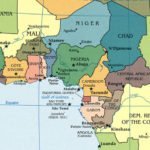
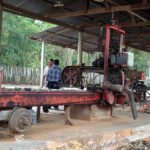
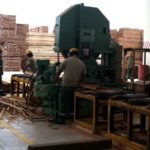
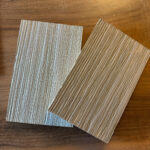
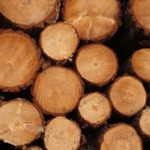


Leave a Reply